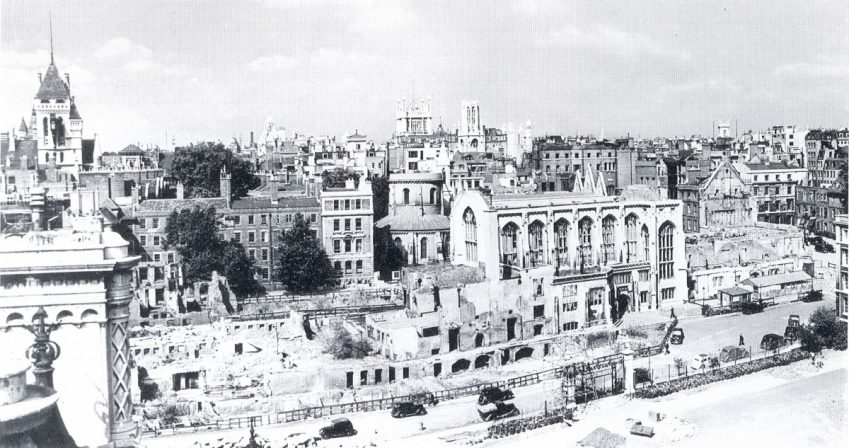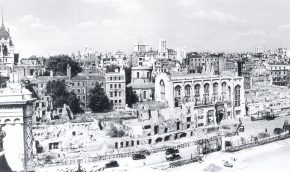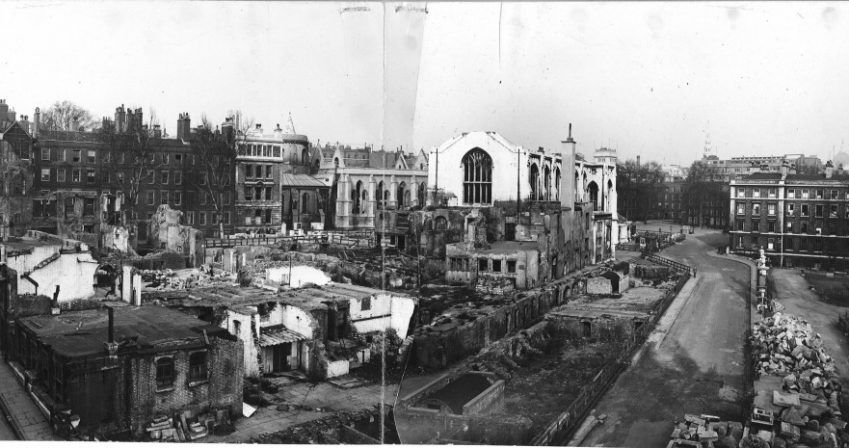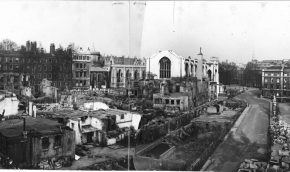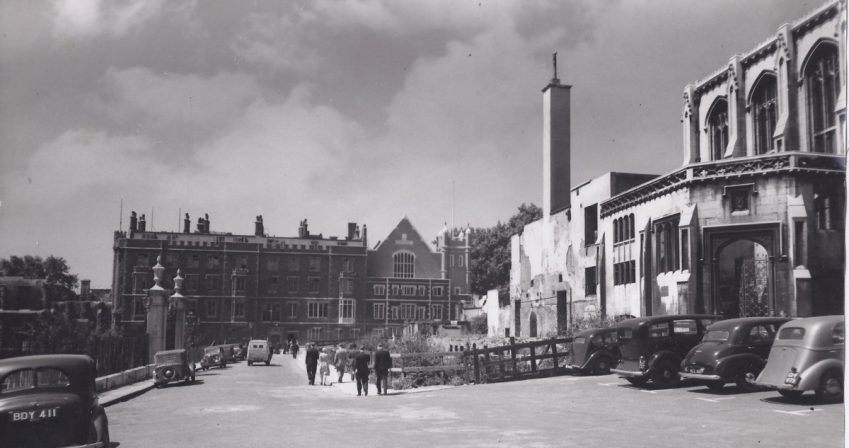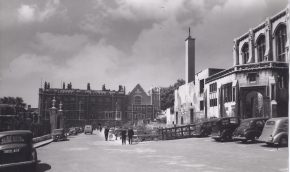The last hundred and fifty years have brought significant changes in the size and composition of all four inns of court. The membership was widened to include law students from every corner of the empire, and (after 1919) women; the first woman barrister (Ivy Williams) was called to the Bar by the Inner Temple in 1922. The number of benchers has risen from around 30 (Chaucer’s number) in 1850 to over 560 in 2019.
The twentieth century also brought the catastrophe of war to the Temple. Not only did many members lose their lives in the services during two world wars, but in 1940-41 almost half the Temple was demolished by bombing.
